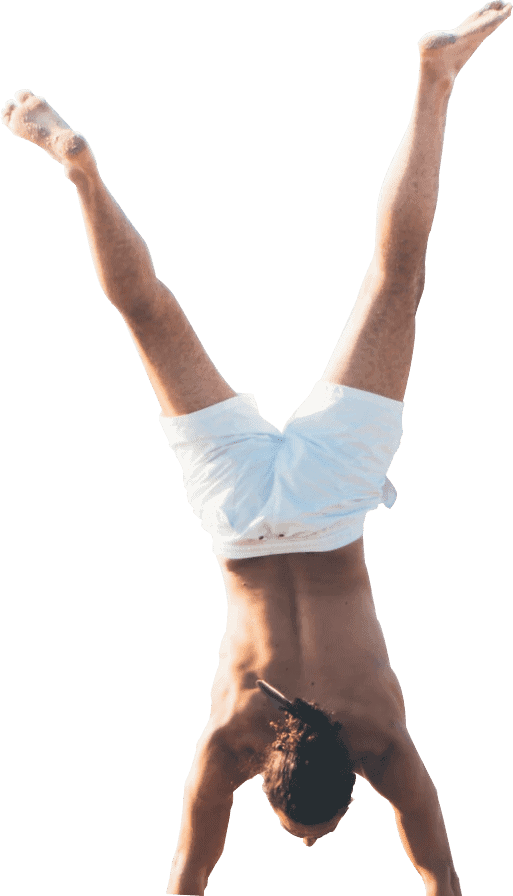By Catherine Etty-Leal
Physiotherapist at Life Ready Physio + Pilates Camberwell.
Talipes is most often a positional or “packaging” problem seen in the feet of babies. It is essentially where the feet have been held in a bent posture in the womb. When the baby is born, the feet may appear bent or curled. In rare circumstances, this can be caused by the bones developing incorrectly. If you have concerns about your baby’s foot posture, it is important that you seek assessment from a health professional with experience in paediatrics. They will be able to differentiate whether the talipe is fixed or positional and will direct you as to the best course of management.
Foot Postures
VARUS
This is the most common position seen in talipes. It is where the forefoot (where the toes are) curl inwards, giving the foot a J shaped appearance.
VALGUS
This is the opposite of varus, where the sole of the foot turns outwards.
EQUINUS
This is where the whole foot points downwards, giving the impression of a horse’s hoof, hence the name “equinus”.
CALCANEUS
This is where the toes and forefoot are pulled upwards, making the heel bone the most prominent part of the foot. At times, the entire top surface of the foot can be resting on the shin.
It is possible for the foot to adopt a combination of these postures as well.
Positional Talipes
Positional talipes is the most common form of talipes. It results from the baby’s foot being held in an awkward posture during development in the womb. In this instance, the bone and joint formation is normal, but the skin and soft tissues have been held in a shortened or stretched position, hence why the foot posture is not normal. Physiotherapy is the best way to treat this. After confirming with a detailed assessment that there is nothing structurally wrong, your physiotherapist will guide you through stretches and exercises to assist in correcting your baby’s foot posture.
Structural Talipes (Club Foot)
In the rare event that the talipes is resultant from the bones not forming properly, an opinion from a paediatric orthopaedic surgeon is required. Your paediatric physiotherapist will be able to assess this for you and refer you, via the GP, to the appropriate specialist. Often this can be managed with splinting, but occasionally surgery may be required.
